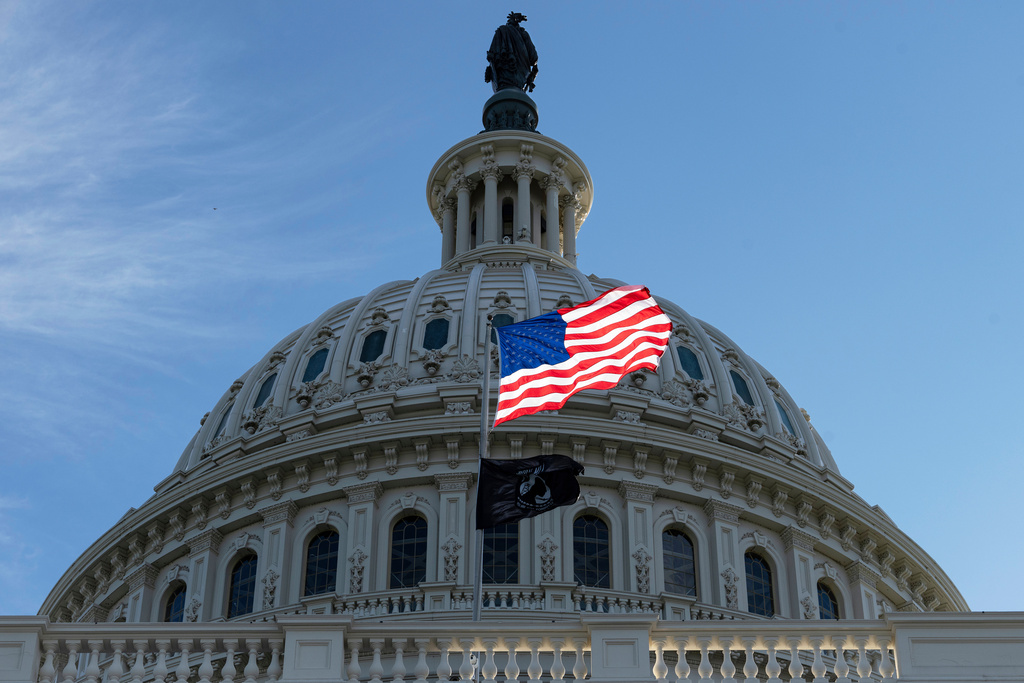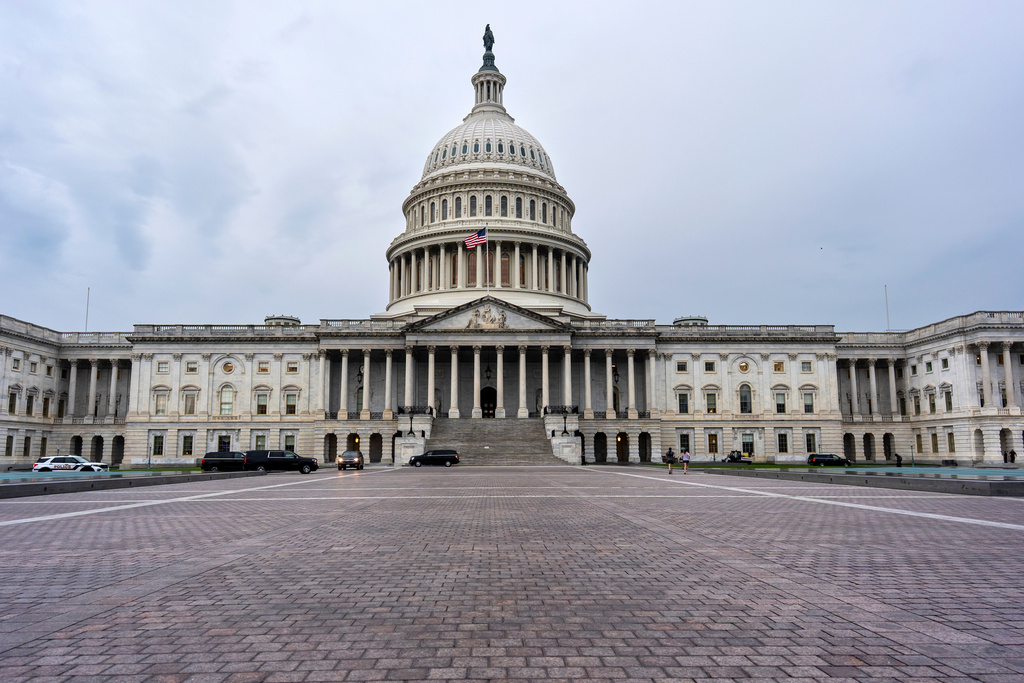WASHINGTON: The government shutdown that began Wednesday will deprive policymakers and investors of economic data vital to their decision-making at a time of unusual uncertainty about the direction of the US economy.
The absence will be felt almost immediately, as the government's monthly jobs report scheduled for release on Friday will likely be delayed. A weekly report on the number of Americans seeking unemployment benefits — a proxy for layoffs that is typically published on Thursdays — will also be postponed.
If the shutdown is short-lived, it won’t be very disruptive. But if the release of economic data is delayed for several weeks or longer, it could pose challenges, particularly for the Federal Reserve. The Fed is grappling with where to set a key interest rate at a time of conflicting signals, with inflation running above its 2% target and hiring nearly ground to a halt, driving the unemployment rate higher in August.
The Fed typically cuts this rate when unemployment rises, but raises it — or at least leaves it unchanged — when inflation is growing too quickly. The Fed may have little new federal economic data to analyze by its next meeting on Oct. 28-29, when it is widely expected to reduce its rate again.
“The job market had been a source of real strength in the economy, but has been slowing down considerably the past few months,” said Michael Linden, senior policy fellow at the left-leaning Washington Center for Equitable Growth. “It would be very good to know if that slowdown was continuing, accelerating, or reversing.”
The Fed cut its rate by a quarter-point earlier this month and signaled it was likely to do so twice more this year. Fed officials said they would keep a close eye on how inflation and unemployment evolve, but this depends on the availability of the data.
A key inflation report is scheduled for Oct. 15, and the government's monthly retail sales report is slated for release the next day.
“We're in a meeting-by-meeting situation, and we’re going to be looking at the data,” Fed Chair Jerome Powell said during a news conference earlier this month.
The economic picture has recently gotten cloudier. Despite slower hiring, there are signs that overall economic growth may be picking up. Consumers have stepped up their shopping, and the Federal Reserve Bank of Atlanta estimates the economy likely expanded at a healthy clip in the July-September quarter, after a significant gain in the April-June period.
A key question for the Fed is whether that growth can revive the job market, which this Friday’s report might have helped illustrate. Economists had forecast another month of weak hiring, with just 50,000 new positions added, according to a survey by FactSet. The unemployment rate was projected to stay at a still-low 4.3%.
On Wall Street, investors closely follow the monthly jobs reports, typically released on the first Friday of every month. It's a crucial indicator of the economy's health, providing insights into how the Fed might adjust interest rates, which in turn affects the cost of borrowing and influences how investors allocate their money.
So far, investors don’t seem fazed by the shutdown. The broad S&P 500 stock index rose slightly on Wednesday to an all-time high.
Many businesses also rely on government data to gauge the state of the economy. The Commerce Department's monthly report on retail sales, for example, provides a comprehensive look at the health of US consumers and can influence whether companies plan to expand or shrink their operations and workforces.
For the time being, the Fed, economists, and investors will likely focus more on private data.
On Wednesday, the payroll provider ADP issued its monthly employment data, which showed that businesses cut 32,000 jobs in September — a signal the economy is slowing. Still, ADP chief economist Nela Richardson said her firm's report “was not intended to be a replacement” for government statistics.
The ADP data does not capture what's happening at government agencies, for example, an area of the economy that could be significantly affected by a lengthy shutdown.
“Using a portfolio of private sector and government data gives you a better chance of capturing a very complicated economy in a complex world,” she said.
The Fed will remain open regardless of how long the shutdown lasts, as it funds itself through earnings on the government bonds and other securities it owns. It will continue to provide its monthly snapshots of industrial production, which includes mining, manufacturing, and utility output. The following industrial production report will be released on Oct. 17.




.jpg)



